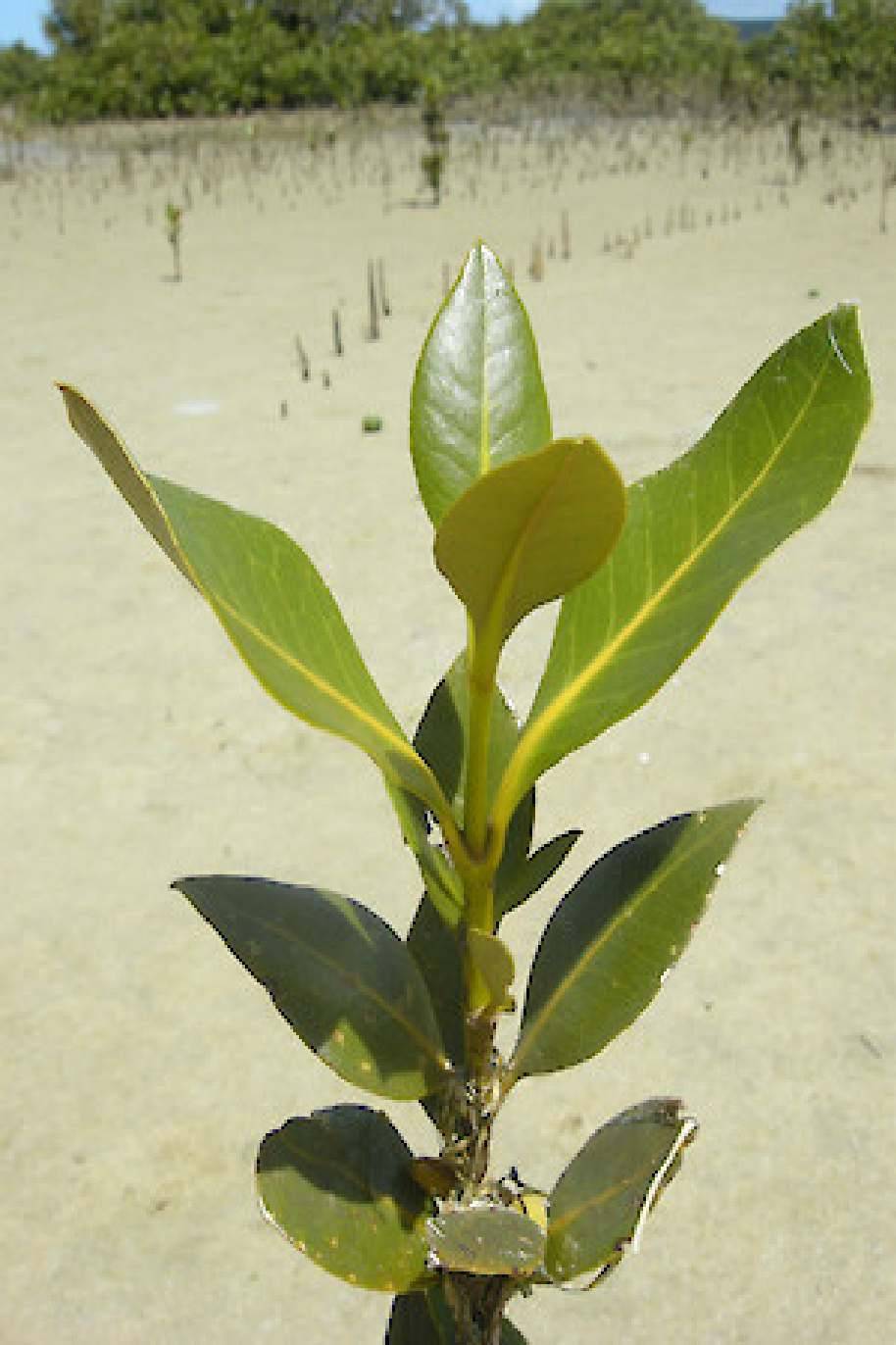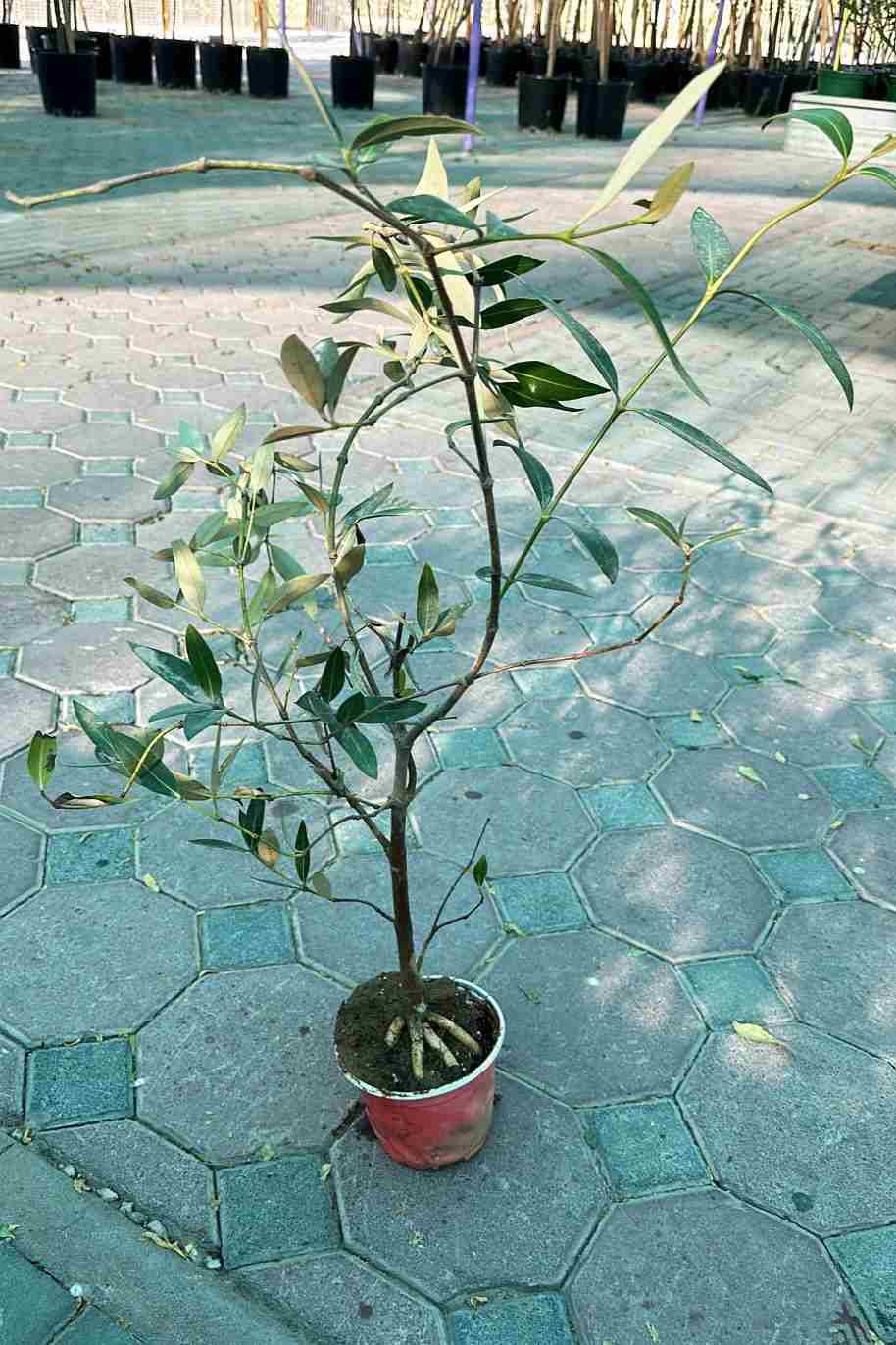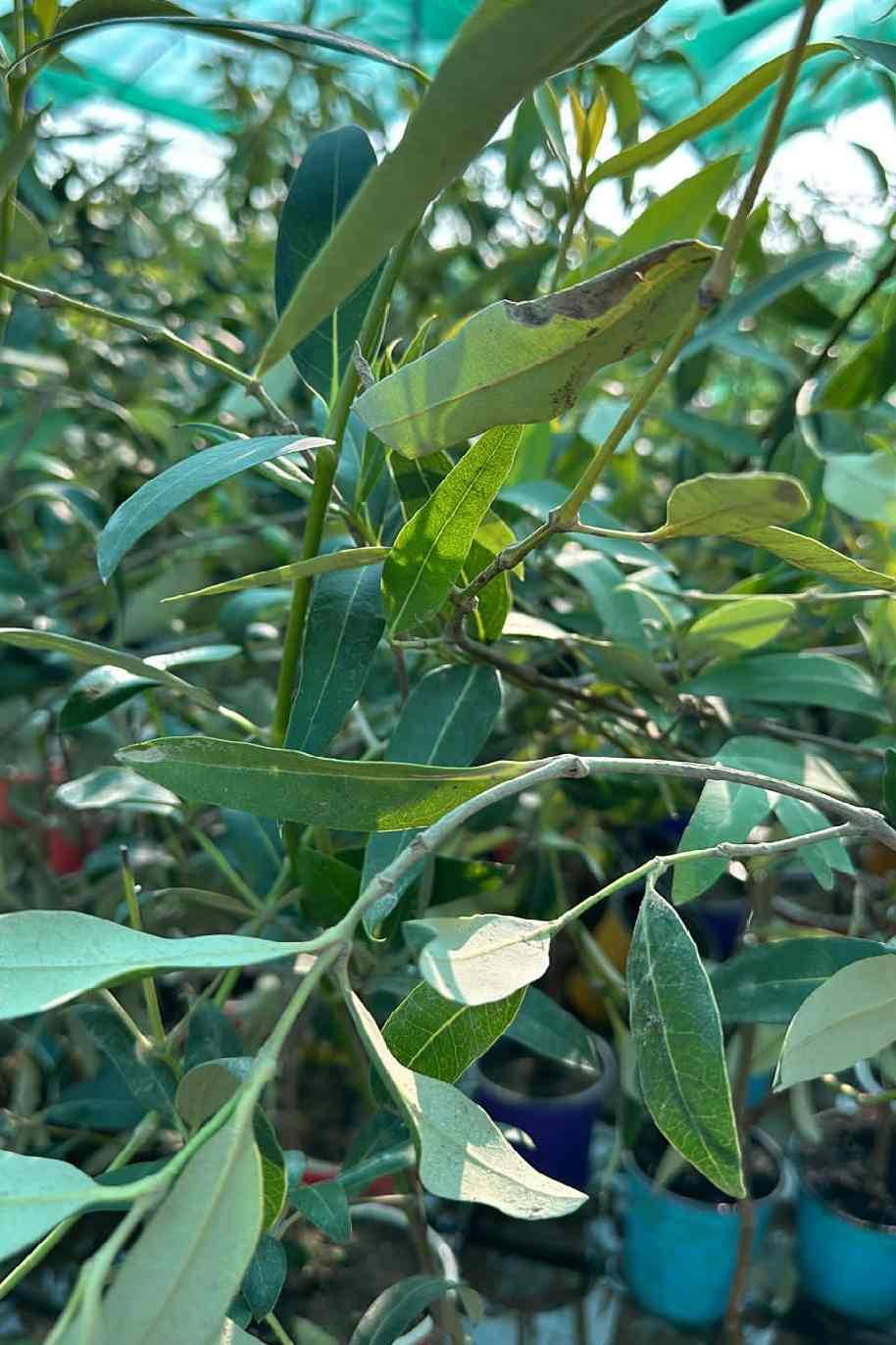Plant Bio
Avicennia marina, commonly known as Grey Mangrove or White Mangrove, is a salt-tolerant evergreen tree or shrub that is part of the mangrove ecosystem. It is found in coastal areas throughout the tropical and subtropical regions. Here's a description and care guide for Avicennia marina:
Description:
Foliage: The leaves of Avicennia marina are elliptical, opposite, and often have a silvery-gray to greenish appearance. They excrete excess salt through special salt glands on the surface, giving the leaves a salt-crusted appearance.
Flowers: The small, inconspicuous flowers are typically greenish-white and arranged in clusters. The flowering period can vary depending on the local climate.
Fruit: The fruit is a leathery capsule containing a single seed. The capsules often germinate while still attached to the tree, and the seedling develops a long root that eventually falls into the water, facilitating its dispersal.
Size: Avicennia marina varies in size, growing as a shrub or small tree. It can reach heights of up to 30 feet (9 meters) in optimal conditions.
Care Guide:
Light: Avicennia marina thrives in full sun and is adapted to grow in the challenging conditions of coastal areas where sunlight is abundant.
Temperature: It is well-suited for warm climates and is tolerant of high temperatures. It is sensitive to frost, and its natural habitat includes tropical and subtropical regions.
Watering: Being a mangrove species, Avicennia marina is adapted to saline conditions and can withstand periodic inundation by saltwater. It does not require regular watering once established.
Soil: This plant is well-adapted to thrive in saline and waterlogged soils found in coastal areas. It has a unique mechanism to exclude salt from entering its vascular system.
Fertilization: Generally, Avicennia marina doesn't require additional fertilization. It obtains nutrients from the surrounding environment, including the mud in which it grows.
Pruning: Minimal pruning is needed for Avicennia marina. Allow the plant to develop its natural shape, and remove any dead or damaged branches as necessary.
Pest and Disease Management: Grey Mangroves are relatively resilient to pests and diseases. They have developed adaptations, such as salt excretion and aeration of their root system, which contribute to their hardiness.
Propagation: Propagation is typically done through seeds. The seeds germinate on the tree, and the seedlings develop long, pointed structures called propagules, which eventually fall into the water and float to new locations.
Avicennia marina plays a crucial role in coastal ecosystems by providing habitat, stabilizing shorelines, and acting as a buffer against storm surges. When grown in appropriate conditions, this mangrove species requires minimal care and can contribute to the overall health of coastal environments. Keep in mind that mangrove conservation and protection are essential due to their ecological significance.










